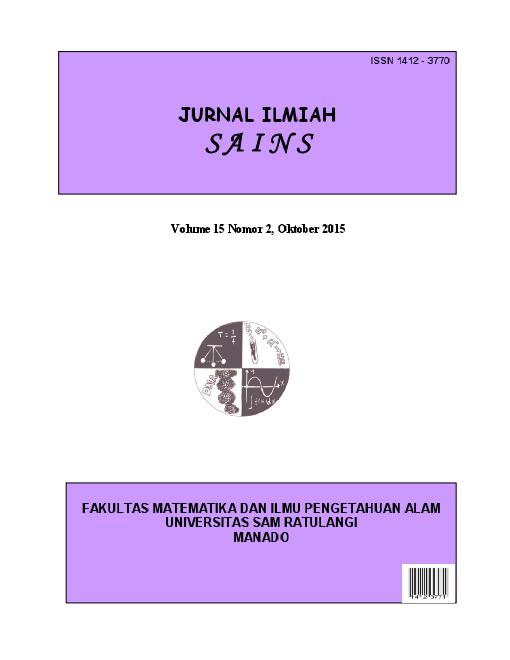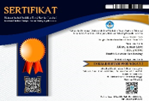IDENTIFIKASI REMBESAN LIMBAH CAIR DENGAN MENGGUNAKAN METODE GEOLISTRIK RESISTIVITAS KONFIGURASI WENNER-SCHLUMBERGER STUDI KASUS TPA SUMOMPO, MANADO
DOI:
https://doi.org/10.35799/jis.15.2.2015.10396Abstract
IDENTIFIKASI REMBESAN LIMBAH CAIR DENGAN MENGGUNAKAN METODE GEOLISTRIK RESISTIVITAS KONFIGURASI WENNER-SCHLUMBERGER STUDI KASUS TPA SUMOMPO, MANADO
ABSTRAK
Limbah cair atau lindi yang merupakan hasil degradasi sampah terutama pada lokasi tempat pengelolaan akhir (TPA) dapat meresap ke dalam tanah hingga mencemari sumber air tanah. Karena prosesnya yang terjadi dibawah permukaan maka penyebaran limbah cair relatif sulit untuk dideteksi. Pada penelitian ini telah dilakukan pengukuran geolistrik resistivitas untuk mengidentifikasi adanya rembesan serta penyebaran limbah cair disekitar TPA. Penelitian dilaksanakan disekitar TPA Sumompo, Manado dengan menggunakan konfigurasi Wenner-Schlumberger pada lima lintasan yang masing-masing berjarak 50 m. Data pengukuran selanjutnya diinversi dengan menggunakan software Res2dinv hingga memunculkan profil resistivitas 2D. Hasil analisis menunjukan adanya zona-zona resistivitas rendah yang diperkirakan sebagai daerah porous tersaturasi fluida. Pada lintasan 1, zona tersebut diinterpretasikan sebagai daerah rembesan dan akumulasi lindi, sementara pada lintasan-lintasan yang lain diperkirakan sebagai zona air tanah yang berpotensi tercemar lindi.
Kata kunci: Geolistrik,Lindi, TPA Sumompo
IDENTIFICATION LIQUID OF WASTE BY USING GEOELECTRIC RESISTIVITY WENNER-SCHLUMBERGER CONFIGURATION THE LANDFILL STUDIES IN SUMOMPO,MANADO
ABSTRACT
Liquid waste or leachate which is the result of degradation of litter, especially in location where the final manegement of (TPA) can seep into the soil to contaminate groundwater sources. Because the process is going on under the surface of the liquid waste then spread relatively difficult to detect. This research has been conducted geoelectric resistivity measurement to identify the presence of wastewater seepage and spread around the landfill. Research conducted around the landfill Sumompo, Manado using Wenner-Schlumberger configuration on five tracks, each of which is 50 meters away. The next measurement data using software RES2DINV inverted to bring up the 2D profile. The result of the analysis showed the presence of low resistivity zones were estimated as the fluid saturated porous region. On track 1, the zone is interpreted as the accumulation of leachate seepage and region, while at the other trajectories estimated as zona of potentially contaminated groundwater leachete.
Keywords: Geoelectric, Leachate, TPA Sumompo






